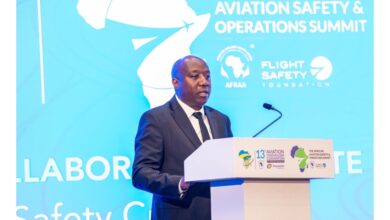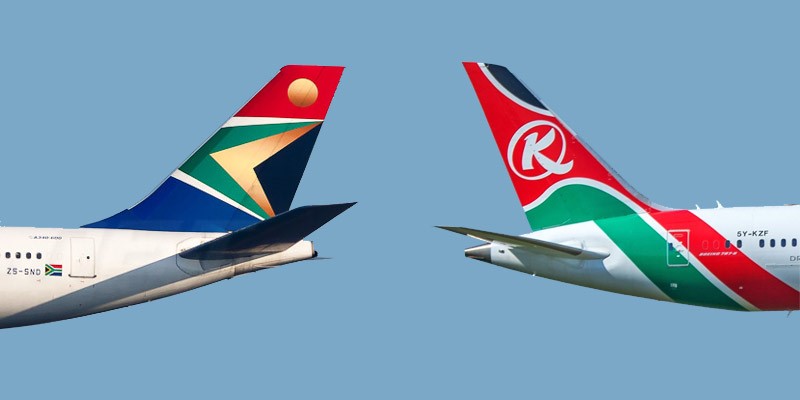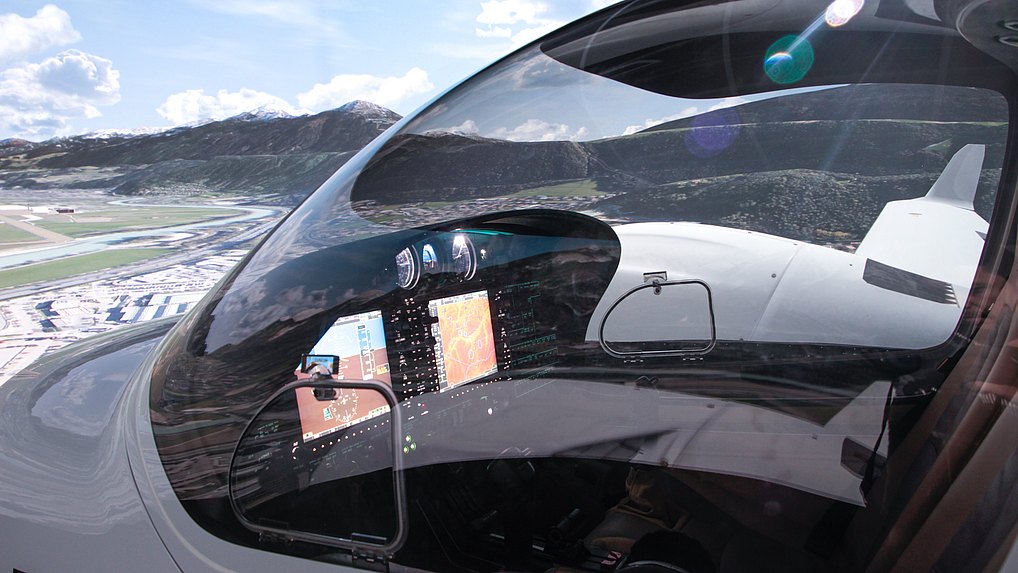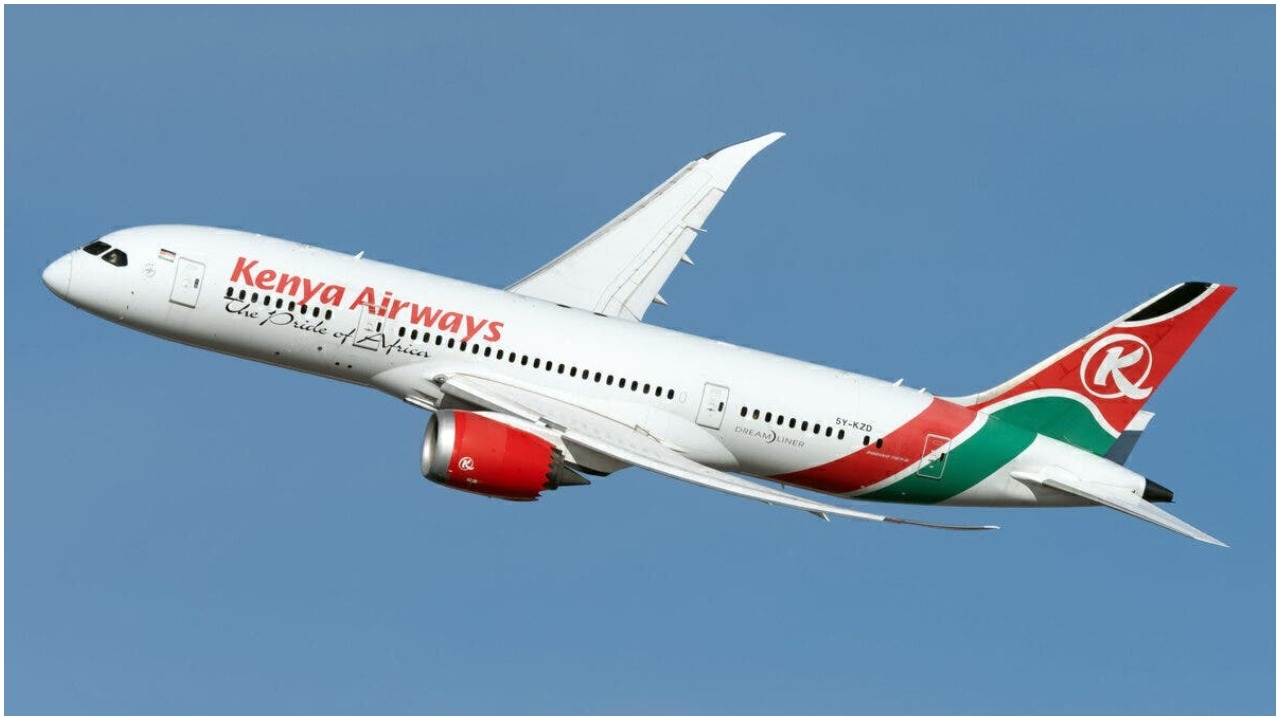RwandAir Highlights Expansion Plans, Profitability Outlook for 2025
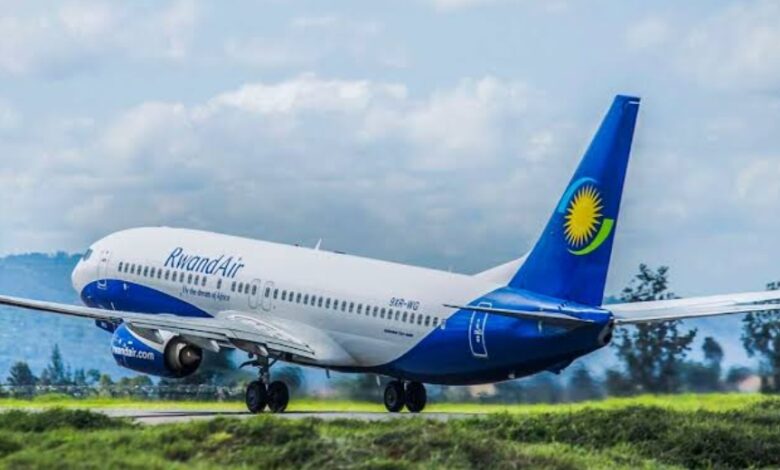
Rwanda’s national carrier, RwandAir is shifting its strategic focus towards routes in Eastern and Southern Africa as part of its broader plan to boost flight frequencies across the continent.
The development was disclosed by RwandAir’s CEO, Yvonne Makolo, at the sidelines of the 13th Aviation Stakeholders Convention and the 2nd African Aviation Safety and Operations Summit currently underway in Kigali-Rwanda.
Drawing over 400 industry leaders and policy makers, the summit aims to explore growth opportunities for the continent’s aviation sector, address industry challenges , as well as foster strategic partnerships across the value chain, among others.
According to Yvonne Makolo, RwandAir continues to expand its footprint through expanding it’s network and connecting to under-tapped destinations. She said the focus for a wider and intercontinental reach for the airline’s passengers will include the launch of a direct flight to Mombasa, a key town in Kenya and Zanzibar.
The move, Makolo explained, is part of the efforts to offset the loss incurred following DR Congo’s decision to close it’s airspace to all aircraft from Kigali.
“It’s very unfortunate that politics enters aviation. But we are working through that,” Makolo said reacting to the impact caused by the closure of Dr. Congo’s Airspace.
Makolo added. “Unfortunately, we had to suspend some routes like Brazaville, Abuja, and cotonou, because the flight time became a bit long.”
RwandAir currently serves 207 destinations, including direct routes and additional routes through codeshare partnerships. The airline also received nearly 2,000 applications for its pilot cadet programme.
Plans to lower costs
Reacting to the cost of operations and high ticket prices, Makolo acknowledged that the cost of doing business within the African continent is much higher compared to other regions.
She observed that this was due to several factors, including the higher cost of fuel on the continent, the different taxes, airport charges, maintenance, and overflight fees, among others.
Makolo pointed out that RwandAir is talking to airports and governments for some of the things that are out of their control but as RwandAir, they’re working to be more cost-efficient.
Makolo outlined several measures, such as adopting more efficient flight practices to cut fuel costs and streamlining the fleet to reduce the number of aircraft types, thereby minimizing the need for a large number of pilots and engineers.
“We are putting in different measures to cut down our cost so that at least we can make our ticket prices more affordable for passengers. A lot more needs to be done, and it needs to be done faster,” she noted.
The airline targets to double it’s current fleet within five years, from the current 14 aircraft, in line with sustaining revenue growth.
According to the Rwanda Fiscal Risk Statement (FRS) for the FY2024/25, RwandAir was progressively reducing it’s fiscal risks by augmenting it’s revenues.
The airline recorded a substantial 82 per cent increase in total revenues, rising to Rwf620.6 billion in 2023 from Rwfr341 billion in 2022.
This growth follows a period of decline, with revenues falling from Rwf334 billion in 2019 to Rwf300 billion in 2020, and further down to Rwf271 billion in 2022,according to official figures.


